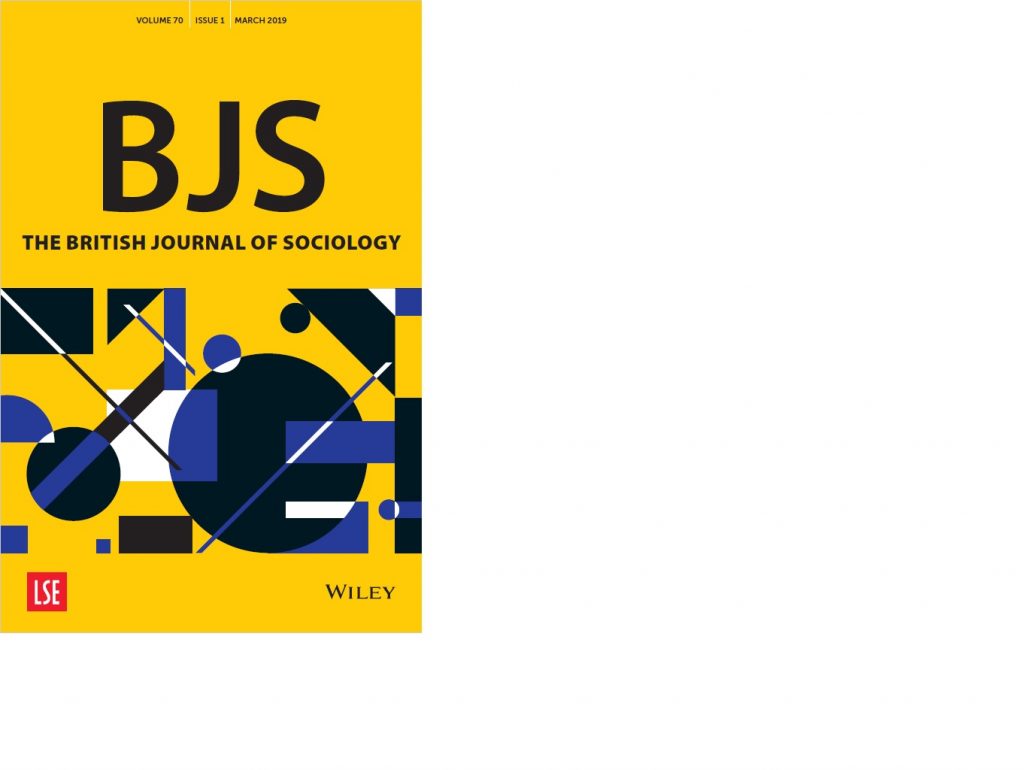Well-being is a characteristic of companies – not just individual workers
by Annika Wilcox and Amanda Koontz, Department of Sociology, University of Central Florida, USA · Published · Updated

Work-related well-being has garnered significant public attention since the onset of COVID-19. Discussions of remote work, flexible work, and the importance of work/life balance have received heightened consideration as people and organizations across the globe adapt to an unprecedented historical moment and begin reassessing how they want to work (and live).
While simply discussing work-related well-being is a step in the right direction, popular and academic understandings of well-being in the workplace have room for improvement. This is because well-being is largely understood as a characteristic of individual employees. However, researchers know that individuals’ work-related well-being is highly dependent on workplace variables such as job security, work schedules, and social climate.[1] It would be hard for anyone to be “well” while working a job that requires, for example, extremely long and unpredictable work hours.
Well-being programs are often ineffective, in part, because companies tend to treat work-related well-being as an individual characteristic. Corporate well-being policies tend to focus on offering resources (such as on-site gyms, well-being subsidies, and weight management programs) to support the physical health of individual employees.[2] Yet having access to an on-site gym doesn’t do much for employees dealing with 60-hour workweeks. Likewise, receiving a sum of money to purchase health-supportive products once a year doesn’t help employees struggling with racism or sexism in the workplace.
How can we, collectively as a society, shift the conversation in order to better hold companies responsible for their employees’ well-being? And what can we do, moving forward, to better foster positive work experiences across the board?
We suggest that the re-conceptualization of well-being as an organizational issue is an important starting point: rather than emphasizing “worker well-being,” we can draw attention to “workplace well-being.”
Shifting the focus to “workplace well-being” reflects a recognition that work-related well-being does not come solely from individual workers. Yes, workers experience it. However, employees’ work-related well-being is fundamentally produced (or prevented) by workplace dynamics. Workplaces can generate well-being through intentional efforts. They can also, as they often do, undermine well-being by maintaining practices that harm workers and perpetuate social inequalities – even if that is not the intent.
Conceptualizing well-being as an organizational issue helps us to identify how business organizations can better support the holistic well-being of employees via collective, structural efforts. Generally, companies can advance well-being by aligning and achieving both employee and employer goals (as opposed to prioritizing employer goals at the cost of employees’ goals). To achieve both employee and organizational goals, workplaces must meaningfully implement diversity, inclusivity, and equity – which we identify as the three “pillars” of workplace well-being.
“Diversity” can be achieved via full representation of social groups, intersectional identities, and perspectives. “Inclusivity” can be created through an environment that provides a sense of safety and belonging for individuals and social groups. Finally, “equity” can be produced by ensuring fairly distributed opportunities and outcomes via intentionally designed and applied job requirements, evaluations, supports, and rewards.
In order to meaningfully implement the pillars of well-being, business organizations must:
(1) adopt appropriate formal policies and procedures,
(2) integrate formal policies and procedures into organizational cultures and everyday practices, and
(3) ensure the effectiveness of steps 1 and 2 by asking employees (particularly members of marginalized groups) about their assessments of and perspectives on workplace well-being, and then adapting as necessary to address negative feedback.
These steps can also be drawn on to assess the well-being of any given workplace. Well-being analysts can gauge workplace well-being by examining formal policies and procedures, organizational cultures and practices, and employees’ assessments and perspectives regarding diversity, inclusivity, and equity.
If companies began meaningfully implementing diversity, inclusivity, and equity, they could foster well-being at the organizational level by reducing workplace social inequalities and creating a level playing field on which their employees could better succeed. Doing so would simultaneously improve things like employee perceptions of “fit,” workplace social climate, and employee overload and work/life conflict.[3]
By prioritizing employee goals within organizational goals, workplaces could both support employee well-being and become more competitive organizations. When individuals feel they are treated respectfully and fairly at work, they tend to be more satisfied with their jobs and committed to their workplace.[4] When organizations have more satisfied employees, they tend to achieve greater financial performance.[5]
Our framework of “workplace well-being” contributes to academic research by integrating previously disconnected lines of work and outlining how to assess the extent of well-being in business organizations. It additionally supports the development of organizational change initiatives that can better address workplace inequalities.
We also hope that the term “workplace well-being” might find a home in popular discourse. Talking about “workplace well-being” helps people to highlight, and constantly remind one another, that struggles with work-related well-being can often be attributed to the policies, procedures, and cultures of business organizations. If we want to increase work-related well-being, we need more action on behalf of companies – not just individual workers.
Read more: Annika Wilcox and Amanda Koontz. “Workplace well-being: Shifting from an individual to an organizational framework.” Sociology Compass, 2022.
[1] Schneider and Harknett, 2019; Sloan, 2012
[3] Maranto and Griffin, 2011; Kelly and Moen, 2021; Wilton et al., 2020





